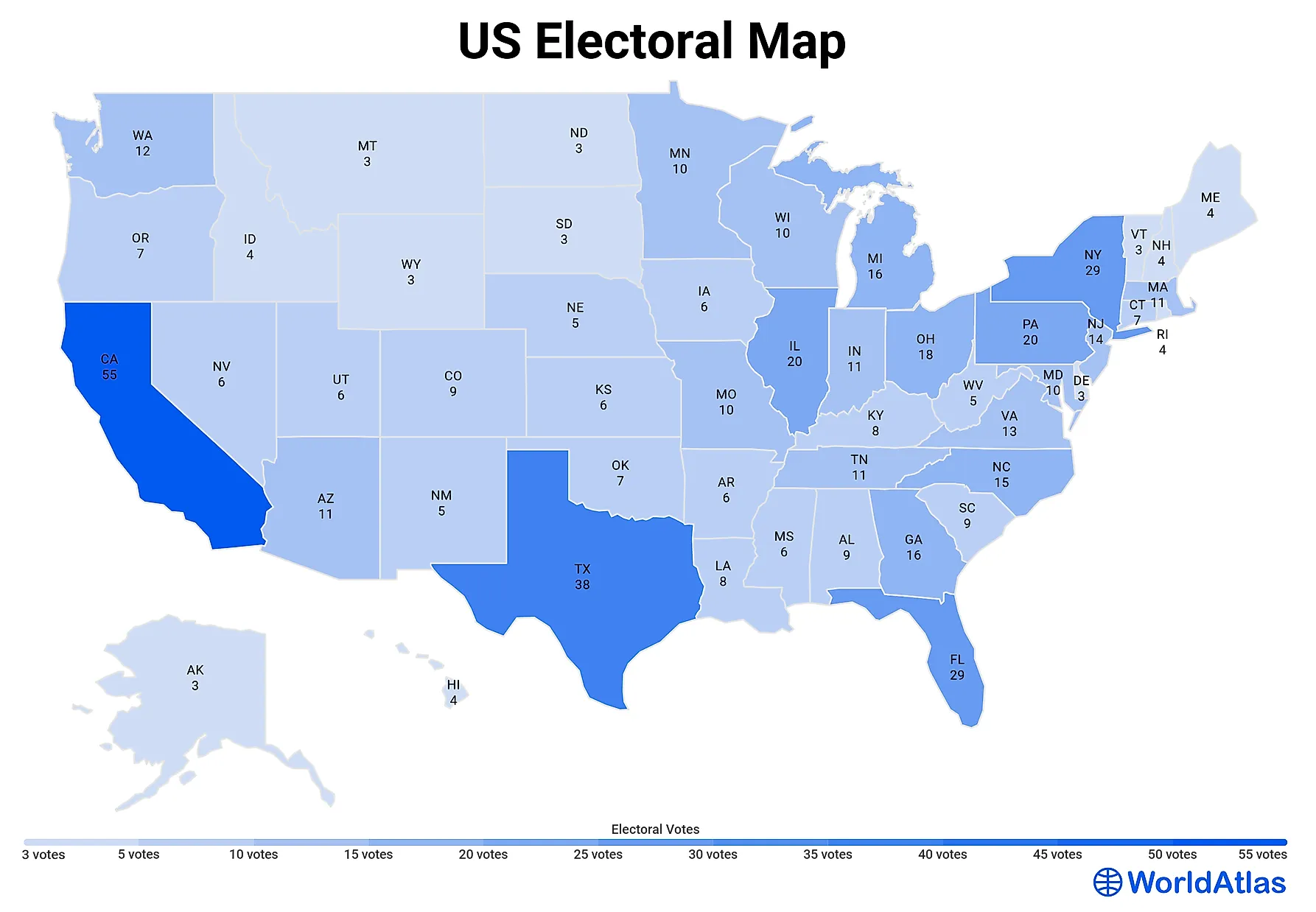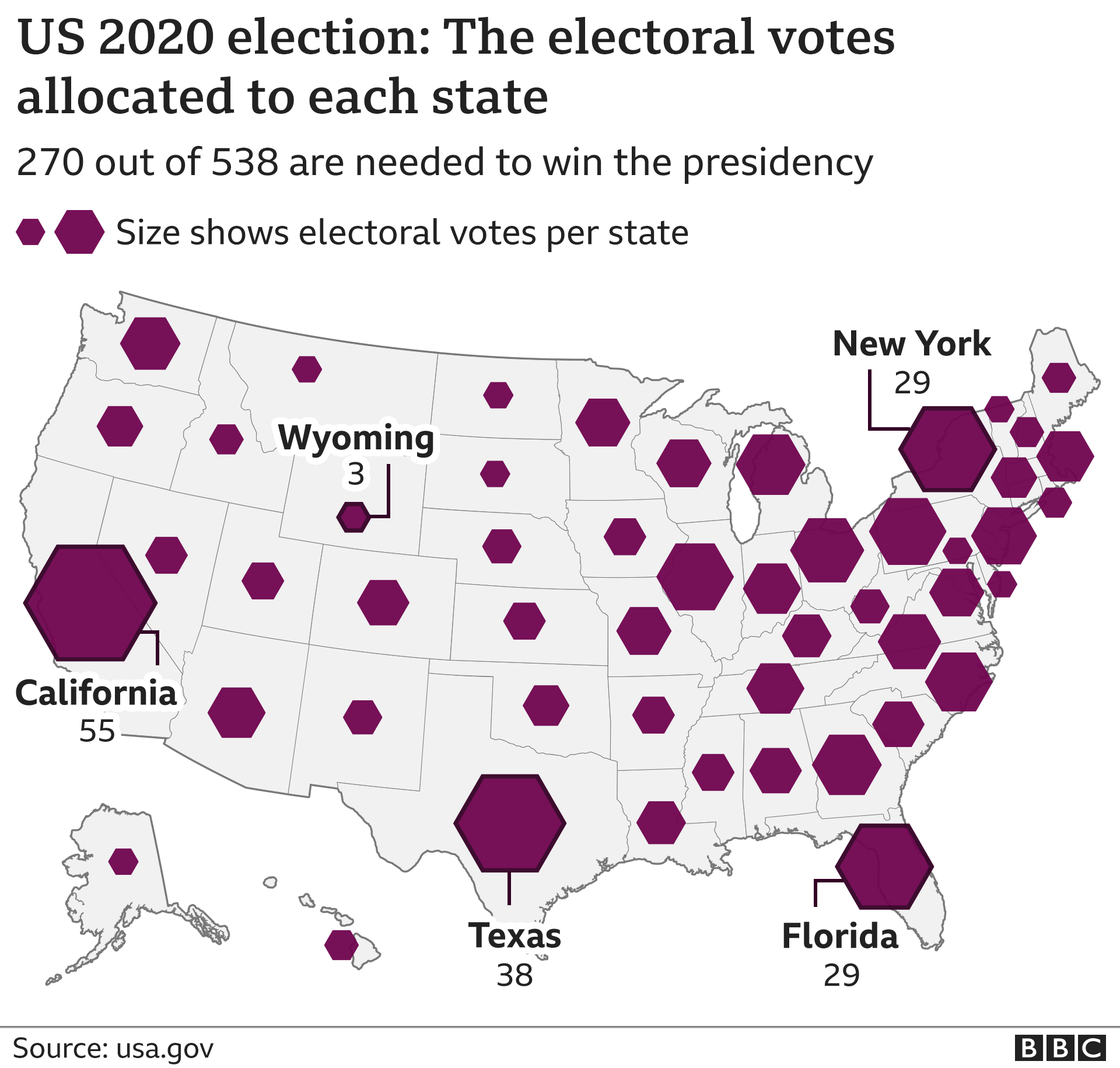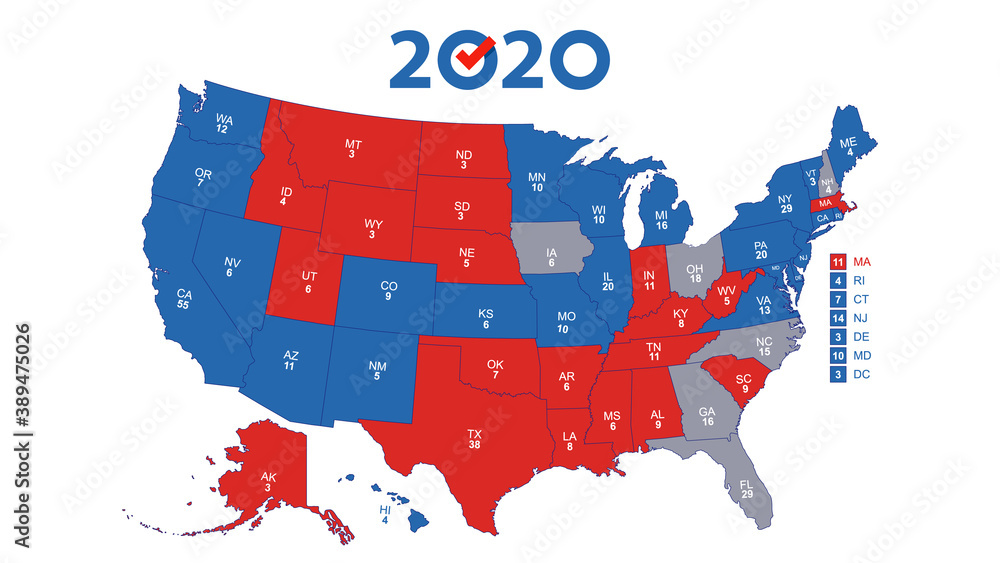Navigating the Landscape: Understanding State Electoral Maps and Their Significance
Related Articles: Navigating the Landscape: Understanding State Electoral Maps and Their Significance
Introduction
With great pleasure, we will explore the intriguing topic related to Navigating the Landscape: Understanding State Electoral Maps and Their Significance. Let’s weave interesting information and offer fresh perspectives to the readers.
Table of Content
Navigating the Landscape: Understanding State Electoral Maps and Their Significance

The intricate tapestry of American politics is woven with threads of diverse opinions, ideologies, and demographics. A key tool in visualizing this complex landscape is the state electoral map, a powerful representation of how political power is distributed across the nation. This article delves into the intricacies of state electoral maps, exploring their construction, significance, and evolving role in the American political system.
A Visual Representation of Power:
State electoral maps, often presented as colorful mosaics of red and blue, depict the distribution of electoral votes in presidential elections. Each state, based on its population, is assigned a specific number of electoral votes. The candidate who wins the popular vote in a state generally secures all of that state’s electoral votes, with the exception of Maine and Nebraska, which allocate electoral votes proportionally.
The map’s visual impact is undeniable. It provides a snapshot of the electoral landscape, highlighting states considered "battleground" or "swing" states due to their close historical election results. These states, often located in the Midwest and the South, become focal points for campaigns, attracting significant resources and attention.
Beyond the Red and Blue:
While the map’s color scheme is often associated with the two major political parties, its significance extends beyond partisan affiliations. The map serves as a visual reminder of the federal structure of the United States, where power is shared between the national and state governments. The electoral college system, enshrined in the Constitution, gives states a significant voice in presidential elections.
Furthermore, the map illuminates the complex interplay of factors influencing electoral outcomes, including demographic shifts, economic conditions, and political ideologies. The map’s evolution over time reflects these changing dynamics, revealing how political power shifts and re-aligns across the nation.
The Importance of Understanding the Map:
Understanding state electoral maps is crucial for several reasons:
- Informed Citizenry: By visualizing the distribution of electoral power, the map empowers citizens to engage in informed political discourse. It fosters an understanding of the electoral process and the factors influencing election results.
- Campaign Strategy: For political campaigns, the map serves as a vital strategic tool. It helps identify key target states and allocate resources effectively, focusing efforts on areas with the highest potential for electoral success.
- Policy Analysis: The map provides insights into the political landscape, allowing for the analysis of policy proposals and their potential impact on different regions of the country.
- Historical Perspective: By examining historical electoral maps, researchers and analysts can gain a deeper understanding of political trends, party alignments, and the evolution of the American political system.
FAQs about State Electoral Maps:
1. What determines the number of electoral votes each state receives?
The number of electoral votes a state receives is based on its population, determined by the decennial census. Each state is allocated a number of electors equal to the total number of its senators (two) and representatives in the House of Representatives. The District of Columbia is allocated three electoral votes.
2. Why is the electoral college system used instead of a national popular vote?
The electoral college system was adopted by the Founding Fathers as a compromise between those who favored a direct popular vote and those who favored a system where states had more power. It was designed to ensure that smaller states had a voice in presidential elections and to prevent candidates from solely focusing on densely populated areas.
3. How does the electoral college system impact the outcome of presidential elections?
The electoral college system can lead to situations where a candidate wins the presidency despite losing the national popular vote. This has occurred five times in U.S. history, most recently in 2016. The system’s emphasis on winning states, rather than the national popular vote, can incentivize candidates to focus their campaigns on specific regions, potentially neglecting other areas.
4. Are there any proposed changes to the electoral college system?
There have been numerous proposals to reform or abolish the electoral college system. Some advocates propose a national popular vote system, where the candidate who receives the most votes nationwide would win the presidency. Others suggest reforms like proportional allocation of electoral votes within states or the creation of a national popular vote interstate compact.
5. How can I learn more about state electoral maps and the electoral college system?
Numerous resources are available to help you learn more about state electoral maps and the electoral college system. The U.S. Election Assistance Commission (EAC) provides comprehensive information on the electoral process, including state-specific election laws and procedures. The National Archives and Records Administration (NARA) offers historical documents and information on the electoral college. Additionally, reputable news outlets and academic institutions publish articles and research on the topic.
Tips for Understanding State Electoral Maps:
- Focus on Swing States: Pay close attention to states that consistently have close election results, as they often play a decisive role in presidential elections.
- Consider Demographic Data: Analyze demographic trends and factors such as population growth, age distribution, and ethnic composition, as they can influence voting patterns.
- Examine Historical Data: Analyze historical election results to identify patterns and trends in voting behavior.
- Seek Diverse Perspectives: Engage with a variety of sources and perspectives to gain a comprehensive understanding of the electoral landscape.
Conclusion:
State electoral maps offer a powerful visual representation of the distribution of political power in the United States. Understanding their construction, significance, and evolving role is essential for informed political participation, campaign strategy, and policy analysis. By examining the map’s nuances and engaging in thoughtful discussions about the electoral college system, citizens can contribute to a more robust and informed political discourse. The map serves as a reminder of the complex dynamics shaping American politics, highlighting the importance of understanding the intricate interplay of factors influencing electoral outcomes. As the nation navigates its political landscape, state electoral maps remain a crucial tool for understanding the distribution of power and the forces shaping the future of American democracy.








Closure
Thus, we hope this article has provided valuable insights into Navigating the Landscape: Understanding State Electoral Maps and Their Significance. We thank you for taking the time to read this article. See you in our next article!